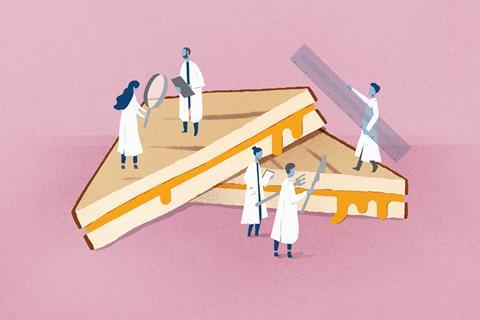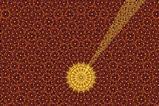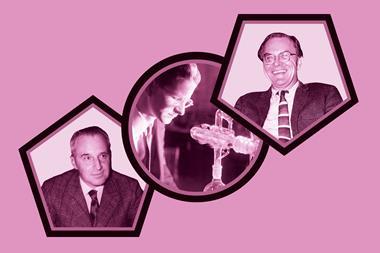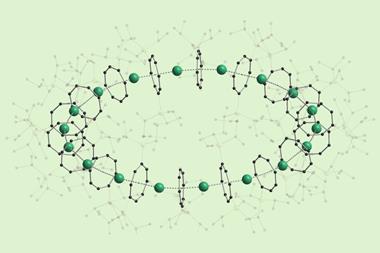Ferrocene turned our understanding of structure and bonding on its head
The discovery of ferrocene, the first ‘sandwich’ compound, is one of the classic stories in the history of chemistry. If you’re not acquainted with it, or want to revisit it, read Mike Sutton’s feature on pXX.
The discovery of ferrocene, the first ‘sandwich’ compound, is one of the classic stories in the history of chemistry. If you’re not acquainted with it, or want to revisit it, read Mike Sutton’s feature.
It’s got everything: independent groups making nigh-simultaneous discoveries, leap-frogging publications, trans-Atlantic and intra-institution rivalries and a structure so different from those known at the time that a J. Am. Chem. Soc. editor suggested Robert Woodward was on drugs when he dreamt it up.

The outlandishness of the structure is hard to imagine today, when it’s a feature of undergraduate degrees around the world. Of course, the chemists who first made it – not necessarily by design – didn’t consider the now-classic sandwich structure. But it immediately suggested itself to the more prepared minds, including Woodward.
It’s tempting to consider how different the story would have been had ferrocene been discovered at another time. Earlier, there wouldn’t have been a generation of chemists who had grown up with Linus Pauling’s chemical bonding theories, ready to seize the initiative. Would it have remained linear in chemists’ collective mind’s eye, an odd example of bivalent iron? Or would it have spurred on an even earlier consideration of bonding orbitals and accelerated our understanding?
And had it not been discovered, would anyone have made it by design? Who would have suggested that an aromatic ring could bond facially to a metal atom? That would have been quite some leap of faith – and chemical intuition.
But it came at a time when prepared minds that were favoured by chance – Geoffrey Wilkinson and Ernst Fischer – were ready to open up a huge new field of organometallic chemistry. With organic ligands that can easily be functionalised, and a variety of metals with accessible oxidation states, metallocenes are a chemist’s playground. Today, that playground has expanded to include a ‘cyclocene’, containing 18 sandwiches in a ring, reported only recently.
Whether Woodward did or didn’t deserve recognition from the Nobel committee alongside Wilkinson and Fischer has been debated many times and at great lengths in the past. The 1965 laureate wasn’t short of research laurels (nor self-confidence) and left the organometallic world soon after ferrocene’s discovery to concentrate on his many other interests.
Many of the ingredients in ferrocene’s story are common to other great breakthroughs: the timely coming together of theory and experimental know-how led to its rapid identification. I wonder what today’s prepared minds are ready to turn their attention to, and what discoveries that seem outlandish to our existing knowledge are soon to be revealed.

















No comments yet